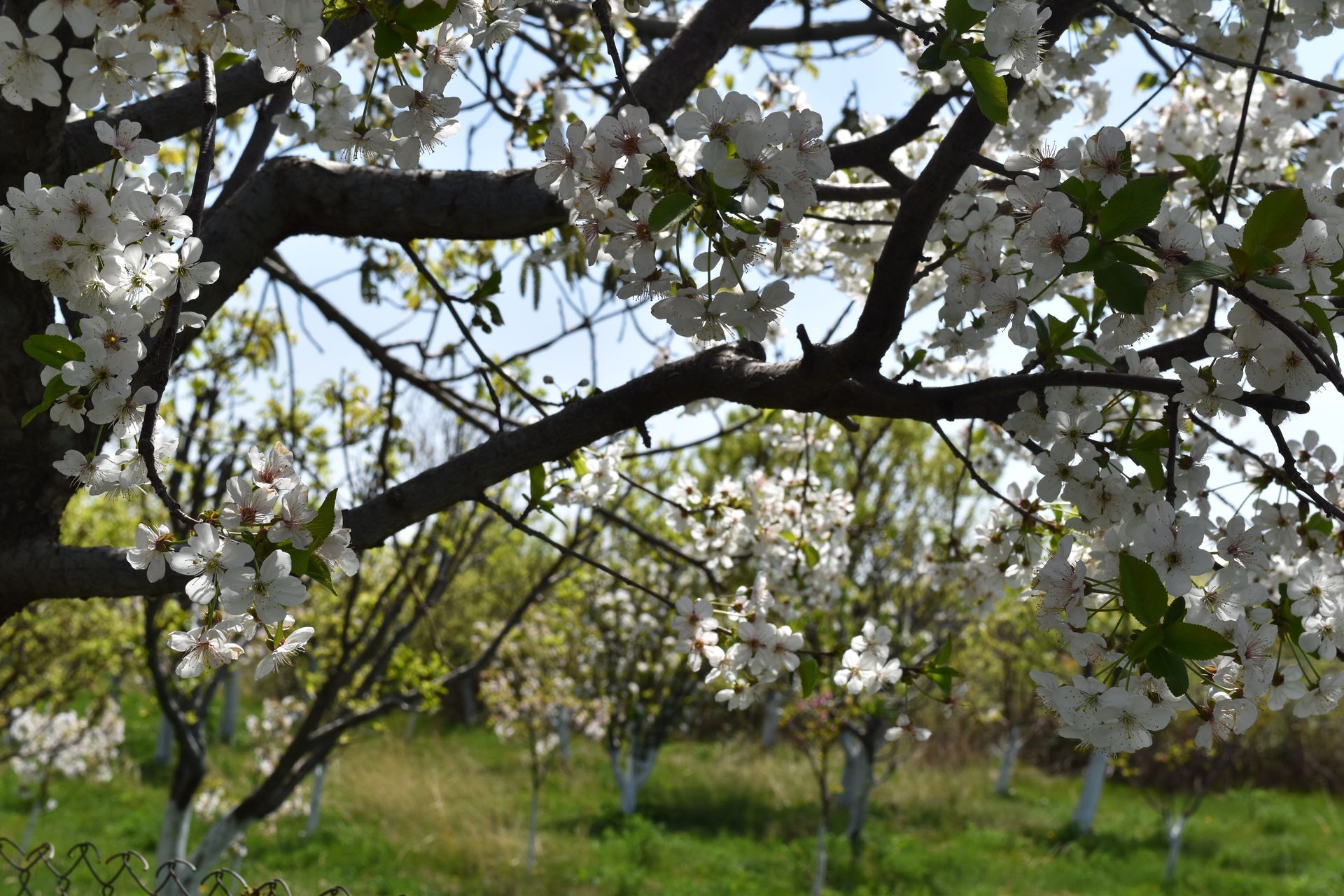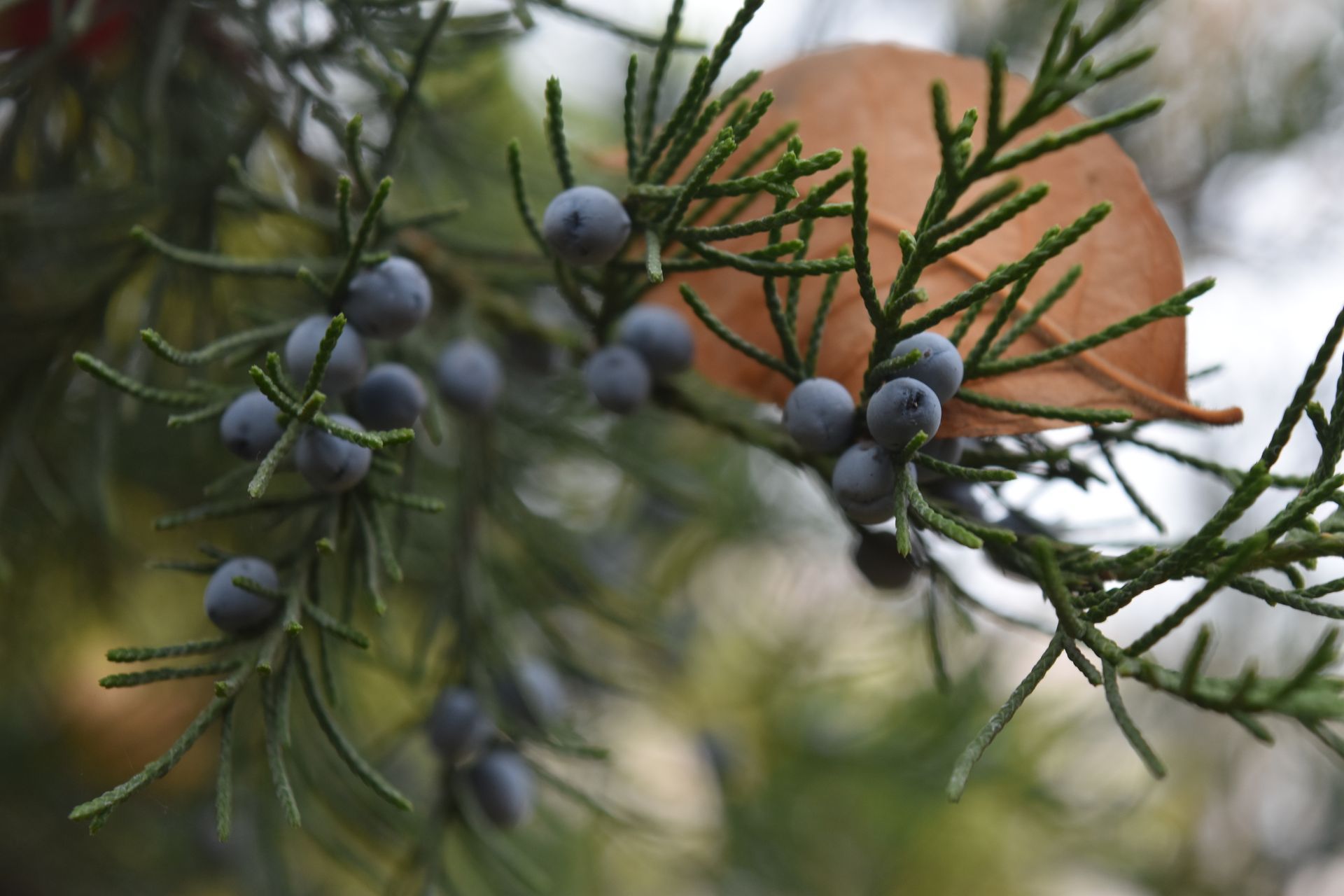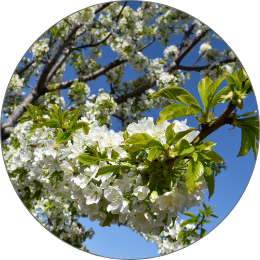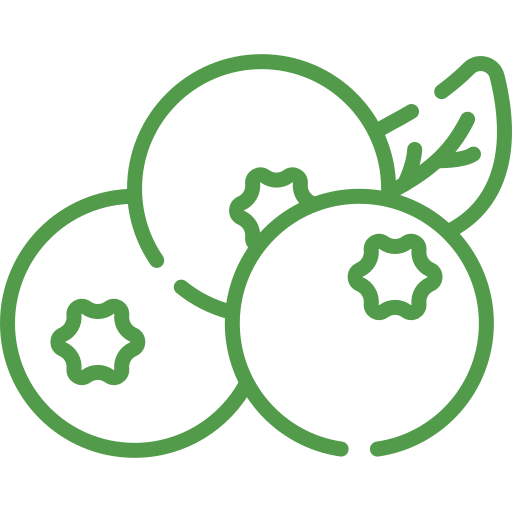TREE PROPAGATION
ATP has learned how to successfully plant 50 varieties of indigenous trees and shrubs across Armenia’s 11 regions and Artsakh.
Our everyday work is geared toward improving the quality of the seedlings we plant and the productivity of our nurseries. Maintaining high quality while simultaneously increasing quantity requires an understanding of the original land, the opportunities presented by new technologies, and the evolutionary challenges presented by climate change and atmospheric conditions.
ATP NURSERIES
Karin Nursery
| Established | 1996 |
| Location | ARAGATSOTN |
| Area | 10.000 SQ.M. |
| Employees | 9 (BAKU REFUGEES) |
| Trees and shrubs produced | 3,631,082 |
| Current seedlings | 180,000 |
Khachpar Nursery
| Established | 1999 |
| Location | ARARAT |
| Area | 13.000 SQ.M. |
| Employees | 10 (ARTSAKH REFUGEES) |
| Trees and shrubs produced | 3,350,963 |
| Current seedlings | 100,000 |
Mirak Nursery
| Established | 2007 |
| Location | LORI |
| Area | 100,000 SQ.M. |
| Employees | 15 |
| Trees and shrubs produced | 2,123,659 |
| Current seedlings | 2,087,686 |
RESEARCH AND METHODOLOGY
Priorities
- Find ideal propagation methods
- Determine the right time for sowing seeds and planting cuttings
- Determine the ideal time for plantings based on biological features of the plants and delivery to planting sites
Key Methods
- Graft fruit trees
- Use containers to ensure longevity
- Use manure and crop rotation to enrich soil
- Protect greenhouses and open areas from overheating and hail
- Categorize the seeds for quality control









